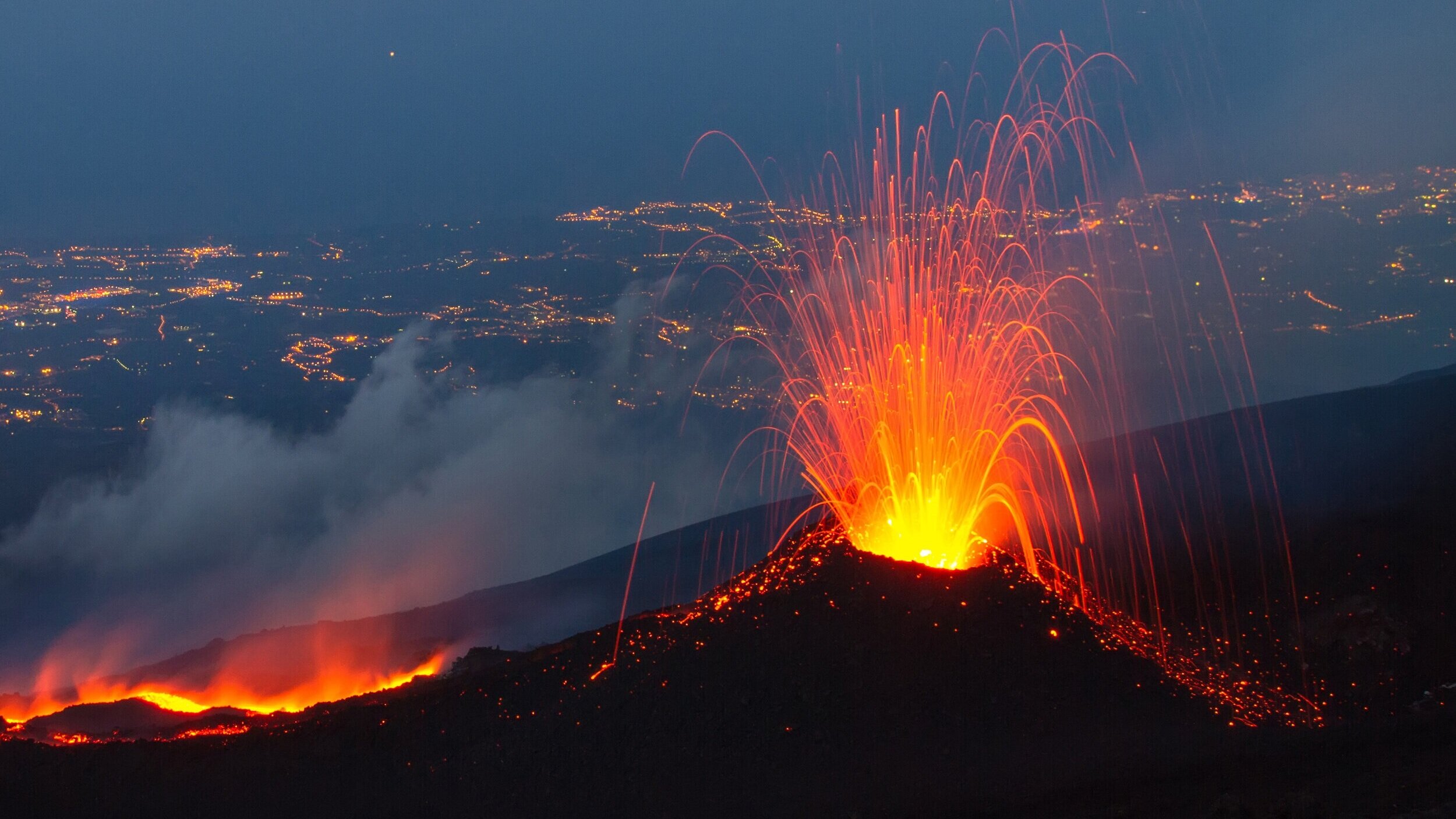Solutions
Volcano Monitoring
More than 500 million people, approximately 9% of the global population, live within the potential exposure range of a volcano that has been active in recorded history. Currently, there are an estimated 550 active volcanoes, and many are in locations experiencing rapid population growth (Doocy et al., 2013).
Continuous real-time volcano monitoring allows scientists and authorities to manage societal risks from these natural hazards and provides a baseline for understanding subtle activity changes that may indicate increased risk. For an increasingly active volcano, monitoring can provide insights into the size, type, and timing of a potential eruption.
Volcanoes generate many different types of signals that provide scientists with clues to volcanic processes. To understand these processes and their meanings, volcano observatories employ multiple scientific disciplines and sensor networks, including seismic (earthquake or long-period harmonic tremors), infrasound, thermal, ground deformation, volcanic gas, water chemistry, and rock chemistry monitoring networks.
Throughout the USA and globally, ISTI’s role in the deployment and operation of volcano monitoring networks has been to provide seismic instrumentation, data acquisition, and analysis software. These services can be applied to permanent monitoring networks, temporary research networks, or rapid response for network densification during a pending or occurring eruption.
As experts in installing, configuring, and tuning Earthworm, AQMS, and SeisComp systems, ISTI also provides data center and data analysis support services.
You may also like:
References
Doocy S, Daniels A, Dooling S, Gorokhovich Y. The Human Impact of Volcanoes: a Historical Review of Events 1900-2009 and Systematic Literature Review. PLOS Currents Disasters. 2013 Apr 16 . Edition 1. doi: 10.1371/currents.dis.841859091a706efebf8a30f4ed7a1901.

